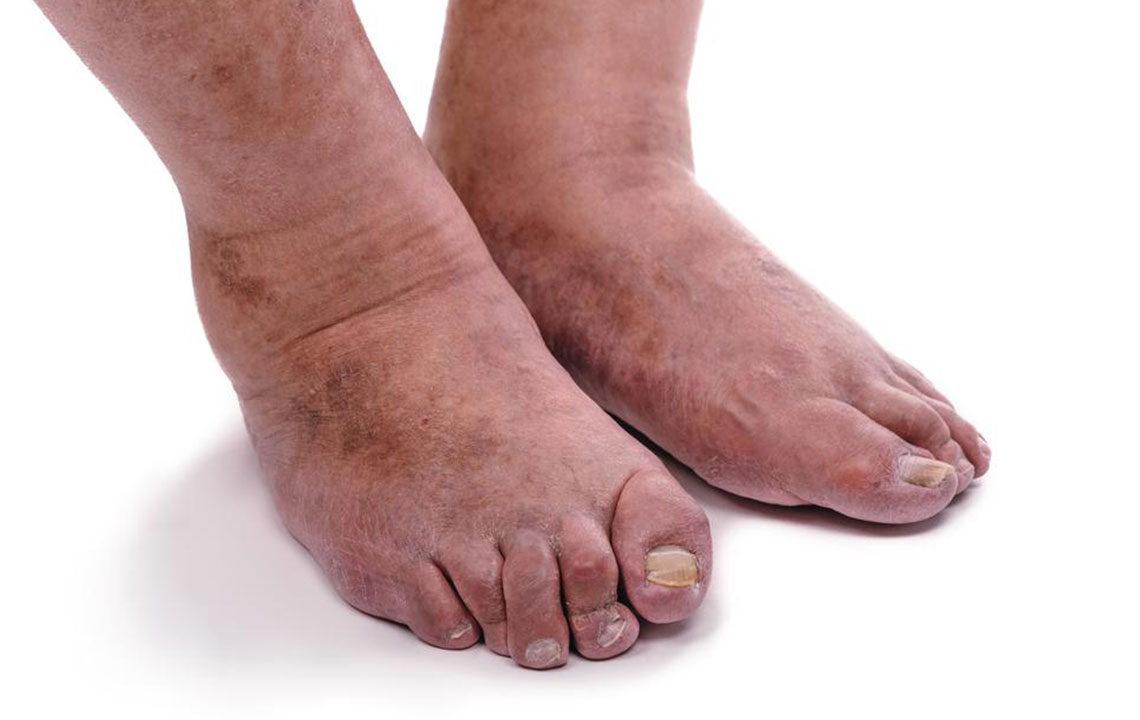Comprehensive Approaches to Managing Rheumatoid Arthritis Symptoms and Improving Quality of Life
This comprehensive article explores effective strategies to manage rheumatoid arthritis, including medical treatments, therapies, lifestyle modifications, and surgical options. It emphasizes early diagnosis, proactive care, and holistic management approaches to improve patient outcomes and quality of life. Ideal for those seeking detailed insights into RA management and symptom relief, it underscores the importance of collaborative healthcare and personalized treatment plans for long-term joint health and mobility.

Comprehensive Approaches to Managing Rheumatoid Arthritis Symptoms and Improving Quality of Life
Rheumatoid arthritis (RA) is a chronic autoimmune disorder that affects millions worldwide. Characterized by the immune system erroneously attacking the synovial lining of joints, RA leads to inflammation, swelling, pain, and eventual joint destruction if left unmanaged. The condition not only causes localized discomfort but can also have systemic effects, impacting organs such as the heart and lungs. Recognizing the importance of early diagnosis and proactive management is crucial for controlling symptoms and preventing long-term disability. This article explores in detail the causes, symptoms, diagnostic methods, and the most effective treatment strategies to help patients manage RA effectively and maintain their quality of life.
Rheumatoid arthritis typically begins with subtle symptoms that often progress over time. In its early stages, individuals may experience joint swelling, warmth, redness, and stiffness, especially in the mornings or after periods of inactivity. Diagnostic challenges persist because these symptoms resemble other forms of joint discomfort; thus, comprehensive testing becomes essential. Blood tests measuring markers such as erythrocyte sedimentation rate (ESR), C-reactive protein (CRP), rheumatoid factor (RF), and anti-cyclic citrullinated peptide (anti-CCP) antibodies play a pivotal role in establishing the diagnosis. Imaging techniques, including X-rays, magnetic resonance imaging (MRI), and ultrasound, are invaluable in assessing the extent of joint damage, inflammation, and disease progression.
Although there is currently no cure for rheumatoid arthritis, numerous effective treatment options are available to control symptoms, prevent joint destruction, and improve overall function. Early intervention is paramount. A combination of medication regimens, lifestyle modifications, physical therapy, and, in some cases, surgical procedures can significantly alleviate pain and inflammation, maintaining joint integrity and mobility over the long term. Here are some of the most widely used treatment strategies:
Medications:
NSAIDs (Non-steroidal anti-inflammatory drugs): These help reduce inflammation, pain, and swelling. Common options include ibuprofen and naproxen. While effective, they may cause gastrointestinal issues, kidney problems, or cardiovascular risks if used long-term.
Steroids: Corticosteroids like prednisone offer quick relief from inflammation and can be administered orally or through injections directly into affected joints. However, prolonged use may lead to side effects such as osteoporosis, weight gain, increased blood sugar levels, and susceptibility to infections.
DMARDs (Disease-modifying antirheumatic drugs): These are cornerstone treatments aimed at slowing the progression of RA and preventing joint damage. Methotrexate is the most commonly prescribed DMARD. Though highly effective, they may cause liver toxicity, lung issues, or marrow suppression, necessitating regular monitoring.
Biologic agents: Targeted therapies such as TNF inhibitors (e.g., etanercept, infliximab) have revolutionized RA management by specifically blocking immune response pathways involved in joint inflammation. They significantly reduce symptoms but may increase the risk of infections and require careful patient selection and monitoring.
Therapies and Supportive Measures:
Physical therapy: Custom exercises and stretching routines help maintain joint flexibility, strengthen muscles around affected joints, and reduce stiffness. Occupational therapy can assist in adapting daily activities to lessen joint stress.
Assistive devices: Utilizing braces, splints, or ergonomic tools can diminish joint strain during routine tasks, thereby reducing pain and preventing further damage.
Chiropractic care: Some patients find relief through gentle spinal adjustments; however, risks vary, and consultation with healthcare providers is essential.'
Surgical options: When medications do not sufficiently control symptoms or joint damage is advanced, surgical procedures such as synovectomy, tendon repair, joint fusion, or total joint replacement may be necessary to restore function and alleviate pain.
In addition to pharmaceutical and surgical treatments, lifestyle modifications play a crucial role. Regular, moderate exercise can help maintain muscle strength and joint mobility. Applying heat or cold therapy can ease stiffness and reduce swelling. Stress management techniques like meditation, yoga, and relaxation exercises contribute to overall well-being. Dietary interventions, such as increasing omega-3 fatty acids through fish oil supplements or adopting anti-inflammatory diets, may further reduce discomfort. Though some natural supplements show promise, consult healthcare professionals before incorporating them into treatment plans. The integration of these supportive strategies ensures a holistic approach to managing rheumatoid arthritis effectively.
In summary, managing rheumatoid arthritis requires a comprehensive and individualized plan that includes medication, therapy, lifestyle changes, and, when necessary, surgical intervention. Active patient engagement, regular monitoring, and collaboration with healthcare providers are essential for achieving the best possible outcomes. While the journey with RA can be challenging, advances in medical treatments and supportive care have significantly improved the quality of life for millions affected by this disease. Early diagnosis and sustained management are the keys to staying active, reducing pain, and maintaining independence for years to come.





